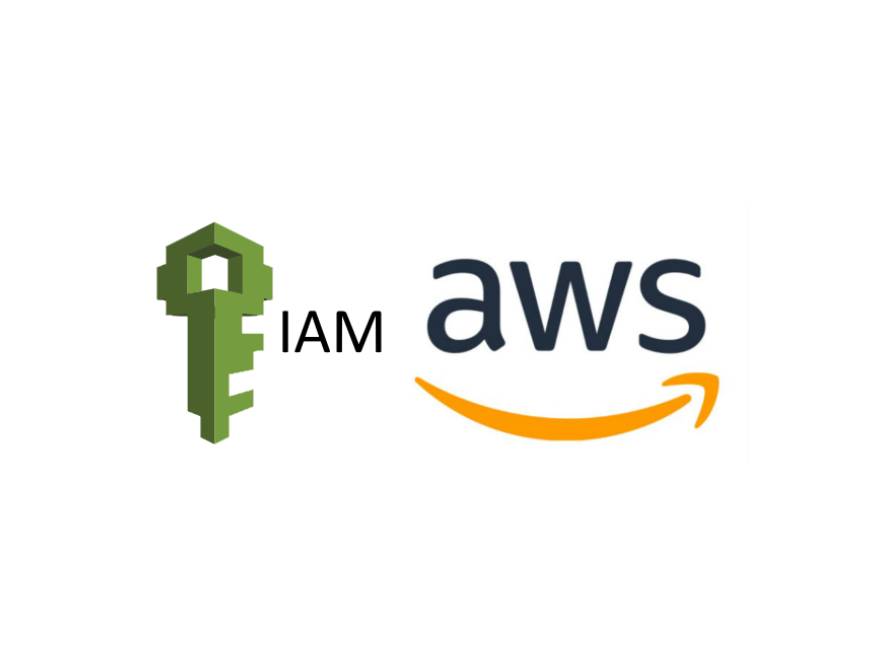Identity and Access Management Best Practices
In the ever-evolving landscape of cloud migration, security remains paramount. As organizations migrate their workloads to Amazon Web Services (AWS), a robust identity and access management (IAM) strategy becomes crucial to maintaining the integrity and confidentiality of their data. In this blog post, we’ll delve into the best practices for securing AWS migrations through effective IAM implementation.
Understanding the IAM Landscape
AWS Identity and Access Management (IAM) empowers you to control who can access your AWS resources and how they can interact with them. For a successful migration, consider the following best practices:
1. Principle of Least Privilege
Limit permissions to the minimum necessary for tasks. Employ IAM roles with precisely scoped permissions to grant temporary access to trusted entities, reducing the risk of unauthorized access.
2. Centralized Identity Management
Leverage AWS Identity Federation to integrate with your existing identity provider. This streamlines user management and ensures consistency across your organization’s access policies.
3. Strong Authentication
Enforce multi-factor authentication (MFA) for all users, adding an extra layer of security that prevents unauthorized access even in the case of compromised passwords.
IAM Best Practices for AWS Migrations
1. Segregation of Roles
Create distinct roles for different stages of migration, from planning to execution. Grant permissions based on role requirements, limiting any accidental misuse of privileges.
2. Temporary Credentials
Utilize IAM roles and AWS Security Token Service (STS) to generate temporary credentials for users and applications. This minimizes the exposure of long-term credentials.
3. Immutable Infrastructure
Implement AWS CloudFormation templates to create and manage resources. Define the necessary permissions within templates, ensuring consistency and reducing manual interventions.
4. Monitoring and Logging
Enable AWS CloudTrail to capture all API calls and actions on your AWS account. Regularly review the logs to detect and respond to any suspicious activity.
5. Regular Auditing
Conduct periodic reviews of IAM roles, users, and permissions to identify and revoke unnecessary access. This prevents ‘permissions creep’ and keeps your environment secure.
Real-World Example
Consider a company migrating its e-commerce platform to AWS. By following IAM best practices, they create separate roles for development, testing, and production environments. They apply MFA to their administrator accounts and use AWS CloudFormation to automate resource provisioning. Regular CloudTrail log analysis alerts them to unauthorized API calls, which are promptly addressed. As a result, they achieve a secure migration without compromising data integrity.
Conclusion
In the realm of AWS migrations, robust identity and access management practices are non-negotiable. By adhering to the principle of least privilege, adopting strong authentication measures, and implementing IAM best practices, you fortify your migration journey against potential security breaches. Remember, security is an ongoing process. Regularly review, update, and adapt your IAM strategy to address new challenges and threats that emerge in the cloud landscape.
Secure your AWS migration journey with a well-structured IAM framework – your gateway to a seamless, secure,
and compliant cloud migration.
Whether you are a small, medium, or large enterprise, or a public sector organization, we are your partner with the right skills and experience to help you move your business forward.

